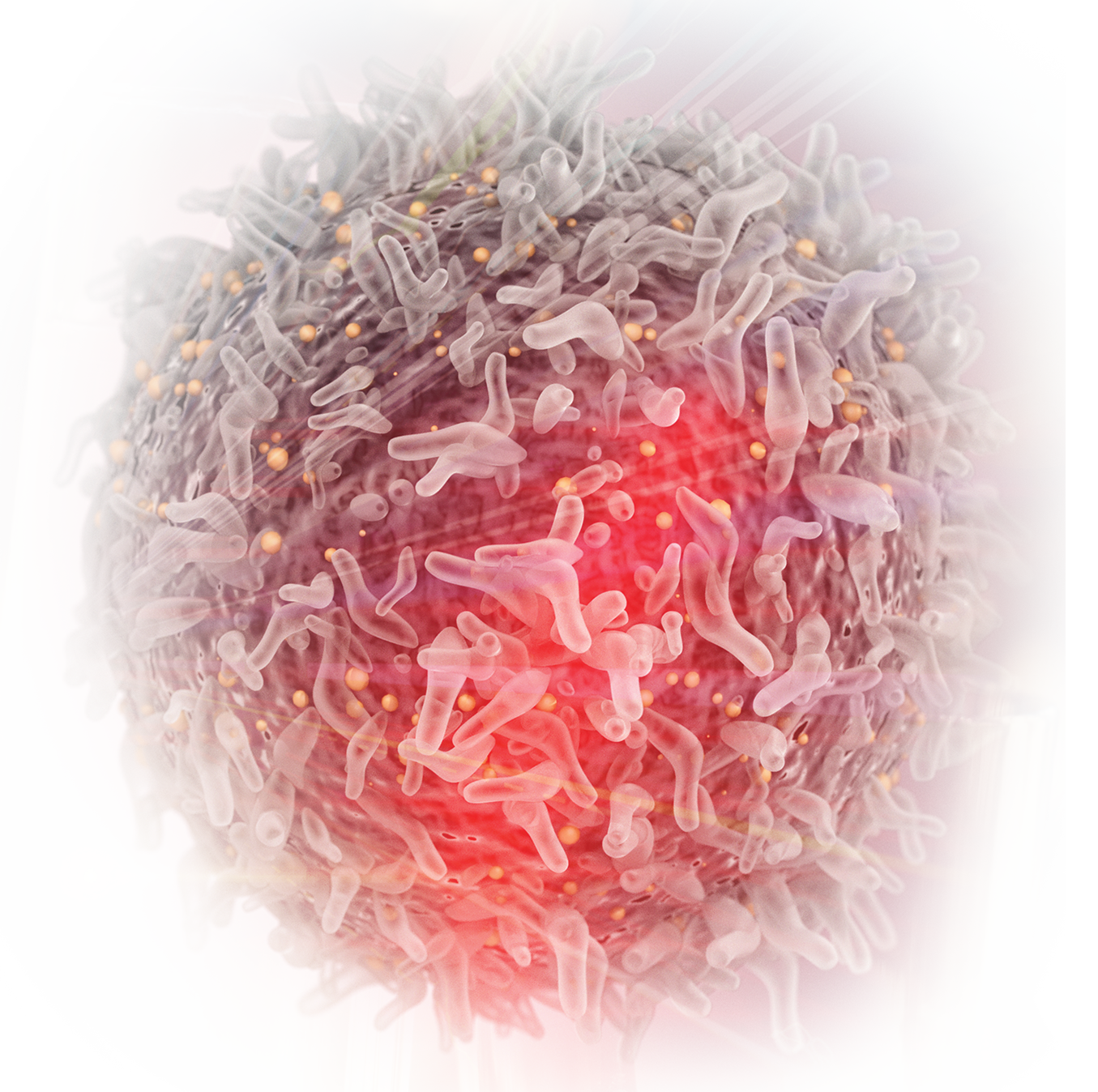 |
The National Cancer Institute (NCI) reports that 39.6 percent of all Americans will receive a cancer diagnosis at some point in their lives. The NCI goes on to explain that cancer is one of the top causes of death across the globe, with new diagnoses expected to increase twofold-from 14 million to 22 million-within the next twenty years. Because of statistics like these, many researchers are working diligently to learn more about cancer cells, as well as to discover what makes them form and grow. One area of study they’ve spent some time in recently involves the use of medical lasers. Class IV lasers, specifically.
Lasers and cancer cell researchOne such study was published in the American Academy of Physical Medicine and Rehabilitation’s PM&R Journal in November of 2017. This particular piece of research involved the use of two different types of cells: saos-2 osteoblast-like osteosarcoma cells and A549 human lung carcinoma cells. After preparing the culture plates, each one was subjected to laser irradiation either one, two, or three times with d:YAG lasers, the power output ranging from 0.5 to 3 watts. Approximately 24 hours after receiving the last laser application, the plates were analyzed to see what change, if any, existed to the cells. It was during this analysis that researchers discovered that, the more laser applications a specific culture plate received, the higher the proliferation rate, or the more these cancerous cells increased in number, when compared to control plates. Thus, they concluded that this type of laser therapy “could activate precancerous cells or increase existing cancerous tissue.” Other studies have found similar results. For instance, in November of 2009, BMC Cancer published a study involving mice with melanoma cells. For purposes of this particular study, some of the mice served as the control, some were exposed to three sessions of irradiation lasting 60 seconds each (dose 150 J/cm2), at the rate of one per day for three days, and the rest were exposed to three sessions of irradiation lasting 420 seconds (dose 1050 J/cm2). Upon conclusion of the final session, each mouse was analyzed to see if there were changes in the melanoma cells. The group that was exposed to 60 seconds of lower level laser therapy (150 J/cm2) showed results “not significantly However, the same could not be said for the other mice, the ones exposed to the more powerful laser doses (1050 J/cm2), as the researchers reported that they experienced “significant increases in tumor volume, blood vessels and cell abnormalities compared to other groups.
|
So, are medical lasers safe?Findings like these underline the importance of using lasers with the appropriate strength and within the appropriate This involves using lasers within the lower classifications (Class I, 11, or Ill) as many of these have been found safe for enhancing health and wellness without impacting a person’s risk of cancer or increasing their cancerous cell activity. It also means using lasers from an FDA approved company, thus protecting yourself as well as your patients. Class IV medical lasers defined:
|
Sources
1. The National Cancer Institute – https://www.cancer.gov/about-cancer/understanding/statistics
2. American Academy of Physical Medicine and Rehabilitation’s PM&R Journal in November of 2017 – https://www.ncbi.nlm.nih.gov/pubmed/29160001
3. BMC Cancer – https://bmccancer.biomedcentral.com/articles/10.1186/1471-2407-9-404
4. U.S. Food and Drug Administration (FDA) – https://www.fda.gov/Radiation-EmittingProducts/RadiationEmittingProductsandProcedures/HomeBusinessandEntertainment/LaserProductsandInstruments/default.htm
Disclaimer
*The material presented is being made available for educational purposes only. This article was compiled based on research collected through online and medical publications. Erchonia is not liable for any use you may make of such information. The views are presented to inform readers of possible dangers of high powered lasers. All of the opinions presented do not present any medical claims not currently stated through government agencies. The approaches, information and opinions may not be applicable to all cases, and each health care provider must use their own independent medical judgment in treating any individual patient or condition.

